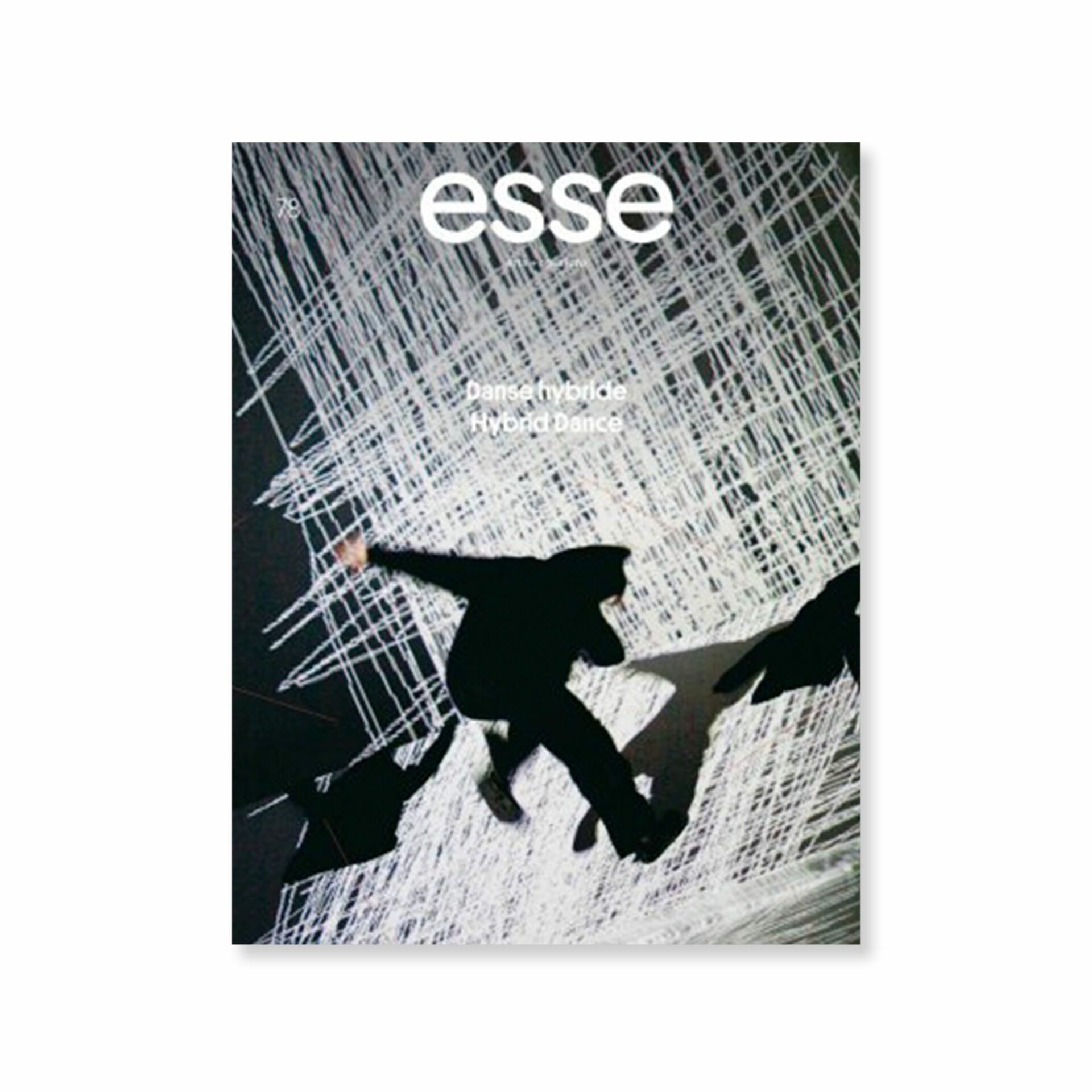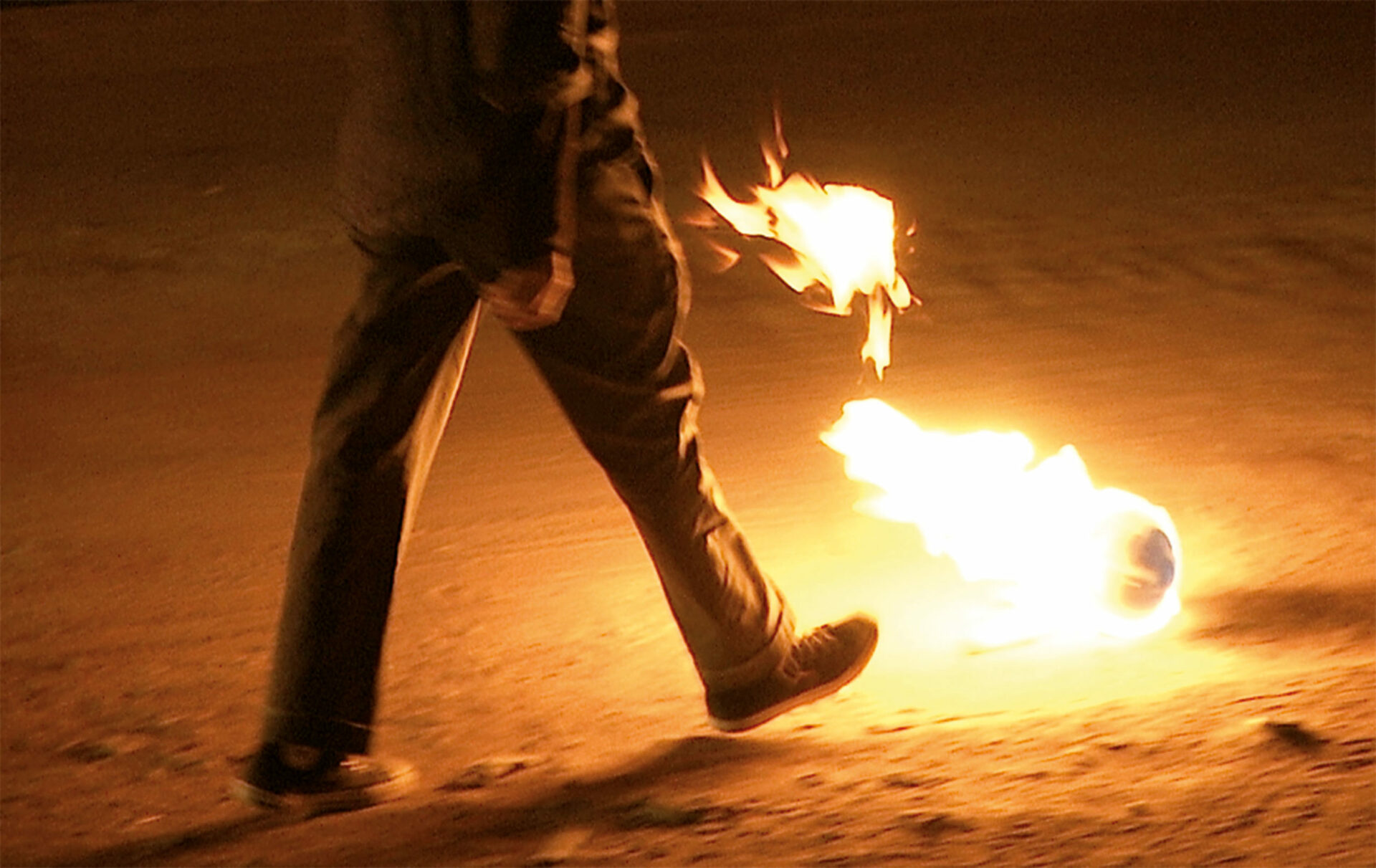
Photo : Frédéric Bouchard, courtesy of Galerie Trois Points, Montreal
March 7 – March 10, 2013
[En anglais] Evidence of Mathieu Lévesque’s current painterly concerns can be seen in his creative output as far back as 2003. Liberal employment of negative space, vibrant and localized use of colour, and an appreciation of lacquered wood as a painting support are all approaches that appear in Mathieu Lévesque @ VOLTA NY; here they are carried to their logical, albeit minimal conclusion. The 6th edition of VOLTA NY, a solo-project invitational art fair, debuted in the cobblestone and cast-iron district of Soho this year, and Galerie Trois Points’ presentation of Lévesque’s work, against this historically rich backdrop, served the art handsomely.
The artist says he is “fascinated by the boundary areas between painting, sculptural, and architectural disciplines” and, more than ever, he successfully navigates the axis of these considerations. Lévesque’s works initially appear paper-thin and origami-like; they seem like large folded rectangles that float just off the wall. They are actually wood panels, made to appear weightless by the glowing, colourful hues that emanate from behind; a reflected-light effect achieved by the careful application of neon colours along the bevelled back edges of these rectilinear forms. All painting is an experience with reflected light, and the convention employed here makes clever use of this phenomenon to highlight, and in some ways subvert, the materiality of these objects. A primary example is Losange jaune (2013), a diamond-shaped, natural wood panel encircled by a nimbus of yellow and pink. The movement of Lévesque’s paint application from the edges of the picture plane to the back of it mitigates the understanding of his work as strictly painting, positioning it somewhere closer to bas-relief sculpture. In Losange blanc (2013), a white diamond form would all but disappear if not for the faint yellow glow that surrounds it. Losange bois (2013) takes this effect one step further by pitting the warm, walnut tones of a quadrangular wood panel against an acrid, red radiance. The juxtaposition of dark and light here creates the optical illusion of depth, calling to mind the artist’s MFA exhibition, wherein he literally cut a negative space into the wall of the gallery.
Lévesque’s shaped panels, his interest in the edges of a painting, and his championing of the underlying supports align him with formalists like Newman, Stella, and the Minimalist Donald Judd, whom I thought of when viewing a corner installation of six near-identical square wood panels, differing from one another only in terms of wood grain façade and the reflected colour each work projected onto the supporting wall. These differences, though slight, are the actual loci of concern from which Lévesque operates. His position, if we assume it, may reframe our aesthetic priorities enough to facilitate the savouring of details we might otherwise have missed.




